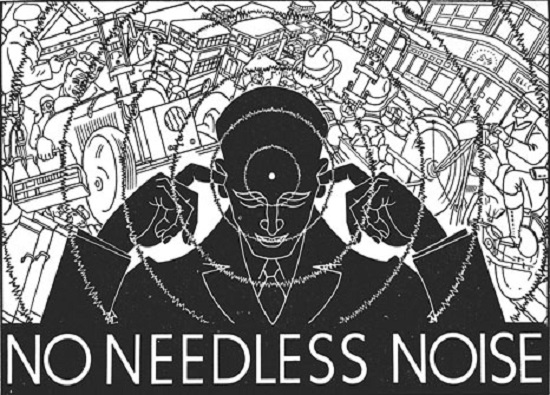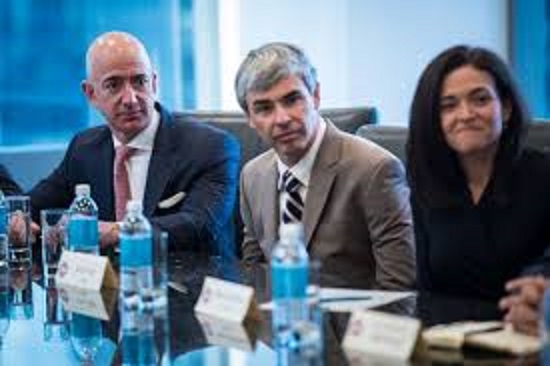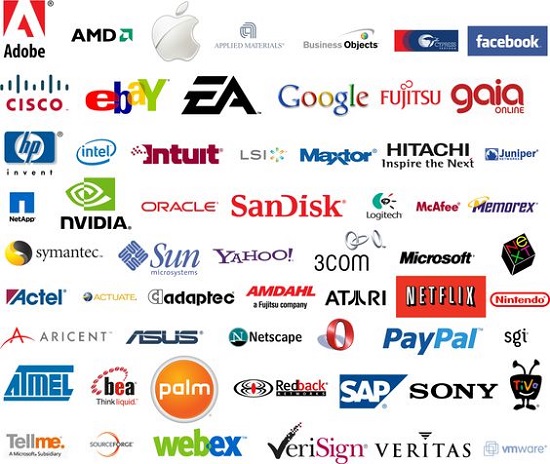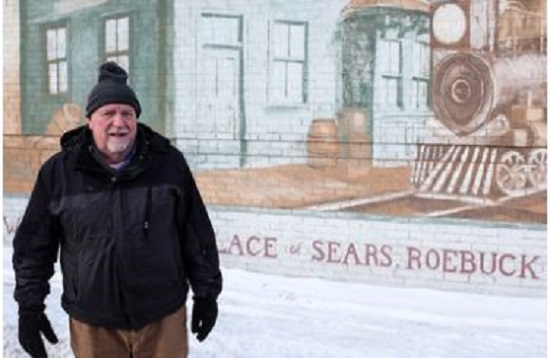Founded in 1998, The Tech Museum of Innovation (“The Tech” for short) in downtown San Jose, CA is an impressive facility, located in the heart of Silicon Valley. Ironically, the acoustics are far from state-of-the-art. We attended the Music for Minors gala on April 7, 2019, sitting at a table whose other guests (who included The Tech’s board chairman) agreed with us. This is a high-profile example, but we believe that most facilities lack thoughtful design (drapes, acoustical tile on the ceiling, etc.) to dampen challenging sounds or noises. We can only guess that acoustics get short shrift when buildings or rooms are designed and constructed. Restaurants, including upscale ones, are usually lacking in sound-dampening.
Tag Archives: technology
Spam and Scams Are Taking Over Email
“The Lord giveth and the Lord taketh away” applies to most or all recent technological advances. In particular, electronic mail (“Email”) is much faster and easier than paper-based mail (“Snailmail”). But it can also be used by crooks to defraud the public. And it appears that the crooks are getting more numerous and their techniques are getting better. Our three websites (TechnologyBloopers.com, WhyMenDieYoung.com, and Wilddancer.com) have identical code intended for letting visitors add comments but preventing robots from commenting. However, the crooks are getting smarter, so they are sidestepping our barriers and we are experiencing noticeable growths in the numbers of phishing attempts and nonsense comments. And in keeping with recent trends, we are getting a lot more from Russian sources!
But there are some good-guy hackers that are defending against the spammers and scammers by creating bots that get revenge, even to the extent of creating entertaining dialogs.
Increasing Overlap of Tech Giants
Question: When you’ve joined the $100+ billion market cap club, what do you do next? Answer: You start invading the other members’ territories (e.g., Amazon is now chasing the digital advertising business that Facebook and Google make billions of dollars from) AND you hire a bunch of pricey lawyers to defend you against antitrust suits.
This club is pretty exclusive today, with American members including mainly Alphabet/Google, Amazon, Apple, Facebook, IBM, Intel, Microsoft, and Netflix. They are so big that to grow significantly they have to look for other big markets (like cloud computing or self-driving cars or Hollywood-type movies) to enter, and most of those big markets are already occupied by other club members or non-member already-large specialists. What are the bloopers here? A classical one would be monopoly/oligopoly pricing and/or restraint of trade. But perhaps more important might be the opportunities lost by a failure to allocate capital to creating useful NEW-AND-DIFFERENT products and services.
Unfortunate but Unsurprising Suboptimization in Silicon Valley
Don’t Google and Amazon Read Businessweek? At least Google has the excuse that they were born and grew up in Silicon Valley and have always lived here. So it may be instinctive for them to keep on wanting to out-Silicon-Valley Silicon Valley. As for Amazon, Jeff Bezos’ historically bare bones operating philosophy has apparently changed if he now wants to pay big bucks for the facilities and staff in Silicon Valley.
Even worse, no other than the CEO of Silicon Valley Leadership Group who was just given accolades by the San Jose Mercury News may be one of the villains. Although Carl Guardino wants to “exorcise the twin demons of housing shortages and traffic jams” he appears to be focusing only on the traffic jams part. (This, in turn, may be due to the fact that he commutes to work by bike 17 miles each way, from tony Monte Sereno to the airport. He may actually get to work faster that way than by car, but Google Maps shows one hour and twenty minutes, though there are fortunately two alternatives that are trails. The third is via an expressway, which is not cyclist-friendly.) He apparently expects somebody else to deal with the housing shortage, a poignant example of suboptimization. (Interestingly, the definer of suboptimization is a San Joe State professor, who no doubt has lots of local examples to cite.) Apparently HE thinks that having fast transportation allows people to live farther away, where housing is affordable. WE think that the proposed “Google transit village” (that puts 20,000 Google employees in offices adjacent to Diridon Station) will be a nightmare because it puts too many eggs in one basket. And if you want to know what Silicon Valley residents REALLY think, have a look at the Comments accompanying the article about Carl Guardino.
Another consideration is that past experience regarding the preferences of high-tech company employees is that managers have families and prefer to live toward the San Jose end so they can have grass to play on, whereas single guys writing code prefer to live in San Francisco so they can party. Where will the party scene shift to? Will hungover software engineers want to commute from San Francisco to Diridon Station on BART? And can their bosses afford to live in closer proximity to Diridon Station? Houses in nearby Sunnyvale are selling for nearly $800,000 over their asking prices.
What about Amazon? While those with vested interests—politicians, city planners, tax assessors, etc.—are positive, knowledgeable local residents (and newspaper columnists) are not. Maybe Amazon’s own planners and cost accountants will horrify Jeff Bezos so much that he will choose some other city on the Businessweek pictogram who will appreciate him more and charge him less. Or maybe he will get creative with a twist like the giant factory towns in China, which have dormitories and apartments and stores, and propose to build giant apartment buildings to overcome the housing and traffic challenges.
Silicon Valley Continues to Be #1 Technology Hub; Why Not Boulder, CO or Ithaca, NY?
Despite our repeated reminders that the multiple woes—especially housing prices, traffic gridlock, and long commutes—of tech companies’ building large staffs in the San Francisco/San Jose area, nearly all of these mainly-software organizations continue to ignore the logic of setting up new operations in other cities in the U.S. And these other cities would love to have them locate their operations in their respective cities. This phenomenon, coupled with the September 13 opening of the vaunted Cornell Tech in New York City, is so noticeable that Bloomberg Businessweek went to considerable effort to prepare a pictogram for its September 11 issue that includes about 300 metro areas (but they do not appear to be the 300 most populous cities in the U.S.) is so detailed that they couldn’t include it in their online version and an article apparently so basic that they couldn’t include it in their print version. On the horizontal (“good stuff”)axis it combined nine positive ways: rates of college education, science and engineering majors, top universities, headquarters of big tech companies, venture capital investment, share of jobs in computer-systems design and related services, broadband subscription rates, independent coffee shops (huh??),and commutes by bike/public transportation/on foot. On the vertical (“bad stuff”) axis it combined three negative ways: high home prices, lots of income inequality, and long drive times. It weighted these 12 ways equally (what else could they do?) and plotted a scattergram with city names as labels. In the upper lefthand corner (high on both good stuff and bad stuff) is the San Francisco/San Jose area (Silicon Valley), which is in the biggest “quadrant” (the quadrants are quite unequal in area) called “Both the good and the bad of Silicon Valley”. The upper righthand quadrant is “Unequal and expensive, but not techie”, the lower lefthand quadrant is “Tech without the downsides”, and the lower righthand quadrant is “ Least like the Bay Area”. The authors highlighted Boston (not surprisingly, due to its many good universities and Route 128 tech companies), Boulder, Co (high percent of households with broadband access), and Ithaca, NY (low housing cost). Ithaca??!! Well, it’s home of Cornell University which, together with partner Israel’s Technion, created Cornell Tech, and it’s the most techie of the Ivy League. (It’s also our home town, with nice summers, but awful winters … especially compared with Silicon Valley.)
Sears Roebuck Invented Mail Order, but Amazon Ate Its Lunch, and Now Brick & Mortar Retail Suffers
Sears Roebuck was a hot stock when it held its IPO in 1906, and ninety years later its shares had grown 434,552 percent. But by 1973, when it opened the Sears Tower (at that time the tallest building in the world), it apparently had lost all or most of its entrepreneurial instrincts, and it let Amazon get started in 1994 and overtake it, apparently without any counter-offensive.
But Sears isn’t the only retailer who missed the resolutionary changes in retailing. Most department store chains are suffering from changes in people’s tastes and how and where they shop. And many shopping malls are shadows of their former selves. It will be very interesting to see if Amazon can innovate in the grocery category.
Sports More Important Than Technology Business in Silicon Valley Newspaper
The Mercury News’ demoting its business coverage to the back pages of the Sports Section was a populist victory even before Trump’s election. Or does this situation simply derive from the biblical truism “no prophet is accepted in his hometown”? In any case, the rest of the world—including major newspapers—seems more entranced with the goings-on in San Jose and surrounding cities. The New York Times and Wall Street Journal have permanent staff in Silicon Valley who seem to turn out significantly more column-inches of reporting and opinion about technological accomplishments in this geography than do the valiant-but-outnumbered technology staffers at the Mercury News.
This demotion came a few months after the April 2016 renaming of the San Jose Mercury News to to reflect its merger with the San Mateo Times. But the spirit of San Jose, which some years ago was dubbed “the USA’s largest truck stop”, lives on in the focus of its printed media. (Apparently a number of other cities in the U.S. claim that theirs is the largest, and a number of locations have subtitled themselves “Silicon XXXX”, like “Silicon Prairie” which can refer to Dallas-Fort Worth or the Chicago area or a multi-state area of the upper Midwest.) We are a bit baffled because the advertisements in the Mercury News don’t seem to be for products and services that the typical sports fan would buy.
Gallup Poll Says Americans Prefer Small Business; Then Why So Many Mergers?
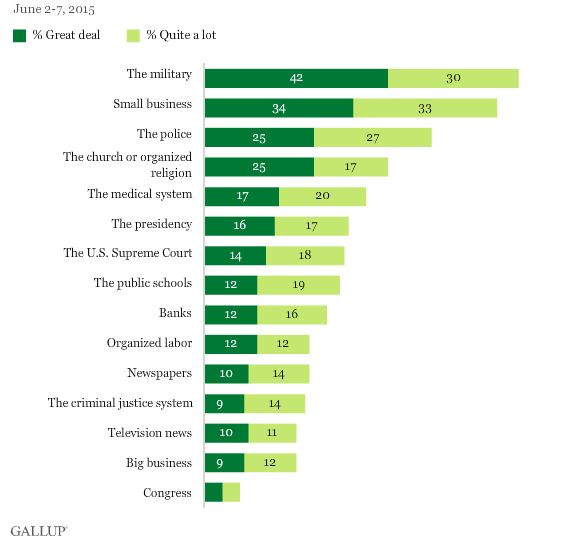
Although Americans’ confidence in most major U.S. institutions remains below historical levels for most institutions, two institutions are notable for rating higher than their historial levels, the military at 72% and small business at 67% (as measured by the sum of respondents who said “a great deal” or “quite a lot” of confidence), according to the June 2-7, 2014 Gallup Poll. Big business is a woeful 14th on the list and is rated at a meager 14%.
We at Technology Bloopers find the recent spate of acquisitions and mergers within both the technology sector (e.g., Western Digital and SanDisk, and Lam and KLA-Tencor) and other sectors (e.g., Walgreens and Rite Aid, and AB Imbev and SAB Miller) distressing, if only because “Absolute Power Corrupts Absolutely”. And its first cousin agglomeration is not much better.
Do beer drinkers really want a world of boring lagers or one of tasty craft beers? Or do diners really want their meals increasingly dominated by garish and uninteresting gigantic chain restaurants (big business) serving below-average variety, taste, and healthiness of food or a world of eating with lots of tasteful (in both décor and food) provided by smaller, independent businesses with the owners on site? We didn’t think so.

